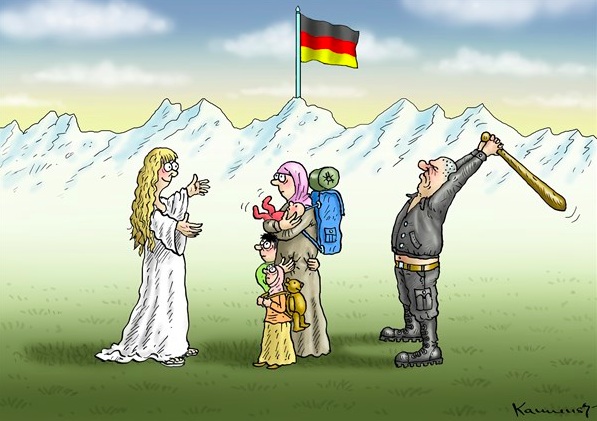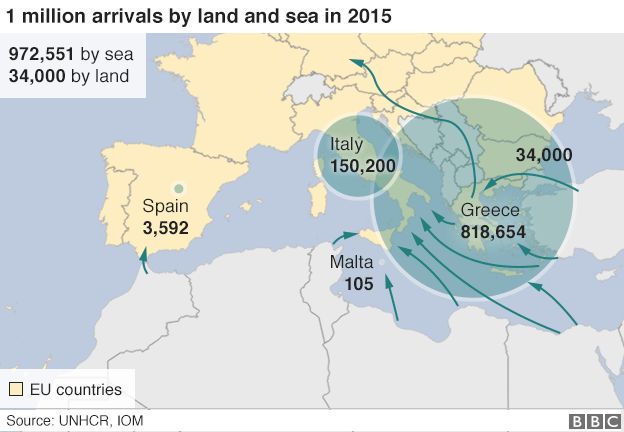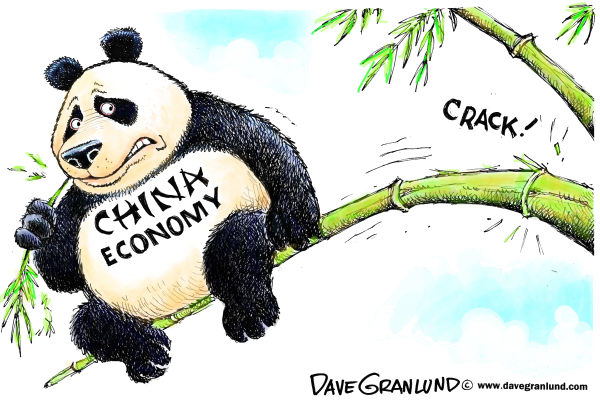Eszter Zalan writes: Top German politicians have expressed frustration with Greece, the main entry point to the EU for the 1 million migrants and refugees who arrived in Europe this year, most of whom end up in Germany.
Germany’s finance minister Wolfgang Schaeuble, who has often been on collision course with Greek politicians over the last years of the country’s debt crisis, said Athens has for years ignored the rules that oblige migrants to file for asylum in the EU country they arrive in first.
He recalled that German courts decided that refugees were being treated inhumanely in Greece, therefore it is not possible to send asylum seekers back there.
Greece has come under increasing pressure from fellow European countries, as the bloc faces its biggest migration wave since the second world war.
Athens has been pushed to accept EU help to patrol its islands, where most migrants land from Turkey, and additional EU staff to help with fingerprinting new arrivals.
Greece’s reluctance to accept EU assistance has also given birth to an EU Commission proposal to be able to send European border guards to a country in crisis at the external border area of the passport-free Schengen travel zone, even without that country’s consent.
Joachim Herrmann, the interior minister of the southern state of Bavaria, which has taken in most of the refugee arrivals in Germany, also criticized the way Greece handles borders.
Herrmann also warned that it is important to prop up border security at the Slovenian-Croatian border, so that all people entering Schengen from Croatia could be registered and potential terrorists spotted.
“If this is not guaranteed within a few weeks, we will have to become active on our own borders,” Herrmann said, repeating earlier warnings that Schengen, one of the main achievements of the EU, could crumble under the weight of the refugee crisis.
Schaeuble also said, the refugee influx meant that European countries will have to increase spending on defence.
Earlier this year, EU Commission president Jean-Claude Juncker also called for the gradual establishment of an EU army.
Faced with refugees from war torn areas in the Middle East and Asia, Germany has also stepped up efforts to play a more visible role in international affairs..
Germany stepped up efforts at home too to accommodate the unprecedented number of new arrivals, many of whom are children in need of education.
The country has recruited 8,500 people to teach child refugees German. With some 196,000 children fleeing war and poverty entering the German school system this year, 8,264 “special classes” have been created to help the new arrivals catch up with their peers, AFP reported.
According to Germany’s education authority, 325,000 school-age children reached the EU country in 2015.








